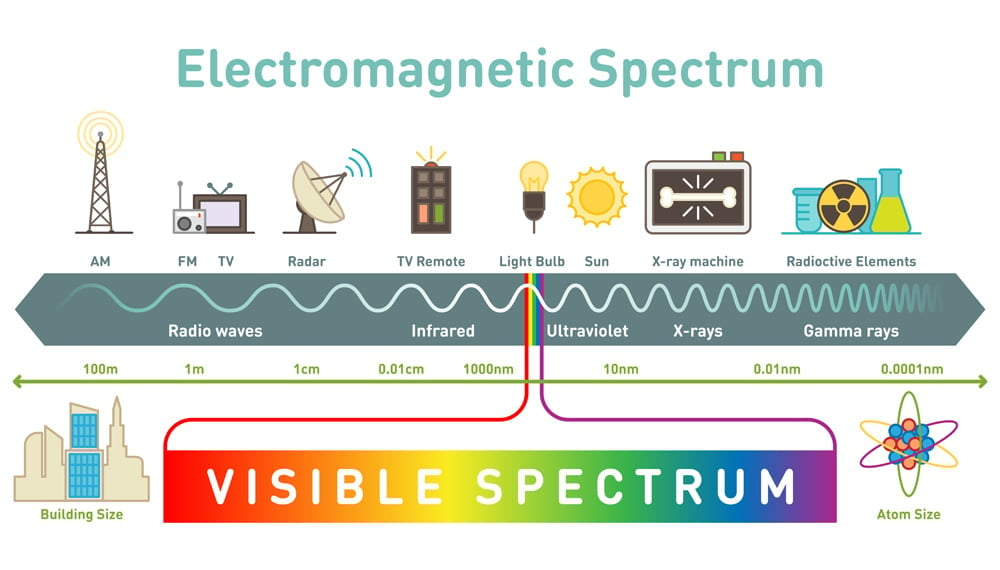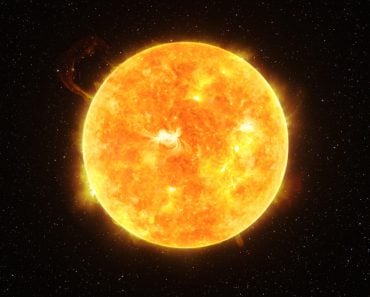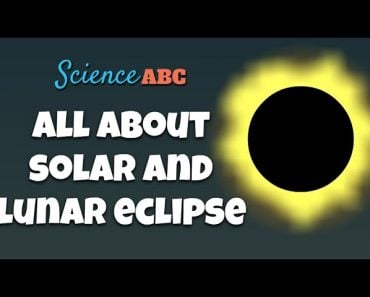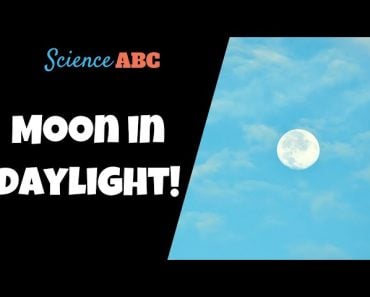Table of Contents (click to expand)
The sun often looks red, especially when it rises or sets, because, during these times, the light from the sun must travel through the atmosphere to reach the observer’s eyes.
Interestingly, the sun, usually depicted as yellow in elementary school books, takes on various colors over a day. When it rises above the horizon, it generally has a red tint. As it moves higher in the sky, it loses the redness and becomes brighter, appearing to be blindingly white at noon.
However, looking directly at the sun during the day is not advisable as it is extremely bright. If observed through protective glasses, it will appear white. When the sun sets, it takes on a reddish hue.
This article will explain why the sun appears reddish during sunrise and sunset but white at noon.
Recommended Video for you:
Sunlight And Earth’s Atmosphere
The Earth’s atmosphere comprises various gases, water vapor, and dust particles. Its protective layer provides numerous benefits, such as sustaining all life forms on Earth by supplying essential gases for biochemical processes, shielding the planet’s inhabitants from harmful solar radiation, and repelling almost all foreign inanimate objects from space.

Moreover, the atmosphere causes some fascinating phenomena, such as the flow of winds, the blue hue of the sky, and the sun’s varied colors at different times of the day.
Let’s begin with sunrise, as all life forms do.
Why Does The Sun Appear Red During Sunrise?
Sunlight is a combination of different types of electromagnetic radiation. You might have heard this term before. You can read this article right now because of visible light, a type of electromagnetic radiation.
There are many other types of electromagnetic radiation, such as radio waves in wireless communication, infrared in night vision glasses and TV remotes, X-rays in healthcare, and gamma rays associated with nuclear power.

While the sun emits all types of electromagnetic radiation, most of the sunlight comprises visible light, ultraviolet rays, and infrared rays (heat). You might remember from your high school science class that sunlight is white because it consists of all seven colors of the rainbow, each with different wavelengths.
When sunlight reaches the atmosphere, the particles scatter light with shorter wavelengths (blue and violet) while letting longer-wavelength colors like red, yellow, and orange pass through. This is why the sun appears red when viewed near the horizon. Redder wavelengths from celestial bodies like the sun or moon penetrate the atmosphere better than other colors.

And why does the sun look particularly red when it sets or rises?
Because at sunset or sunrise, sunlight must travel through the maximum amount of atmosphere to reach the observer’s eyes. Due to this, more blue light gets scattered from the sunlight, making the sun look redder when it rises or sets.
Rayleigh Scattering
A natural phenomenon known as Rayleigh scattering (named after a British physicist called Lord Rayleigh) dictates that shorter wavelengths (blue) of light are scattered more easily than longer ones (red). This is why the sky appears blue and the sun—or sometimes even the moon—appears red or orange.
Rayleigh scattering is kind of like why you see dust flying around when you shine a torch – it scatters the light. Imagine light as a team of runners of different heights running a race. The shorter runners (blue light) get jumbled up and bounced around more than the taller runners (red light).
Why Does The Sun Appear White At Noon?
When the sun is directly overhead, sunlight must travel through the least amount of Earth’s atmosphere to reach the observer’s eyes. Because of this, all colors of sunlight reach the observer’s eyes with almost equal intensity, and this combination of colors gives the sun a blinding white hue.
However, this hue should never be observed with the naked eye.
The sun appears red because red light is more effective at penetrating the atmosphere than other colors. Celestial bodies visible from Earth have a reddish or orange hue depending on their position in the sky and the time of day.
Last Updated By: Ashish Tiwari













